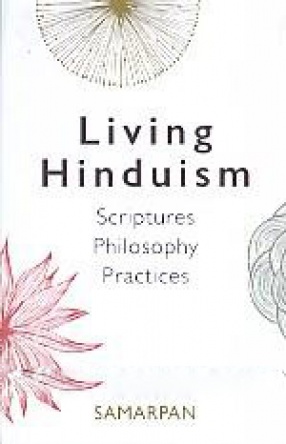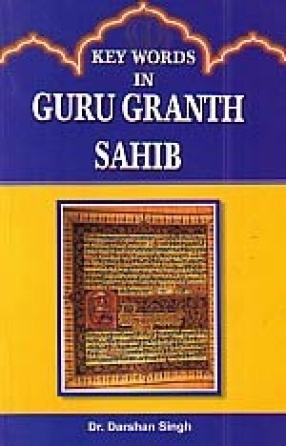This volume is the outgrowth of a panel on Buddhism and violence at the XIIIth Conference of the international Association of Buddhist studies, held in Bangkok, December 2002. There is as yet no definitive work on the general topic of Buddhism and violence. There are, however, a growing number of studies of specific cases of violence in Buddhism, drawn from particular periods and places. It is hoped that the contributions to this volume, largely following the textual approaches that have dominated Buddhist studies since its origins, will be supplemented by research based on other methodologies and materials to provide rich resources for more comprehensive, multi-layered approaches to the relationship between Buddhism and violence. The content of this volume reflects only indirectly the panel from which it grew. Not all of the panelists present in Bankok were in apposition to submit their paper. Some of the articles retain traces of their oral presentation; others have been completely rewritten. Carmen Meinert and martin Delhey, though originally part of the panel, were unable to attend and submitted their work at a later date. Brain Victoria, who in Bankok read a paper on "Zen as a religion of death in Japanese Militarism," shifted the focus of his article here to D.T. Suzuki. The piece by Jens Schlieter, not originally a panelist in Bangkok, was included because of its excellent fit with the other case studies presented here and, in particular, the further light it sheds on the studies presented here and, in particular, the further light it sheds on the murder of the Tibetan king langdaram dealt with by Carmen Meinert.One of the aims of this volume is to provide material, based on critical, unbiased research, illustrating the fact that, at particular moments in their history and in certain aspects of their doctrines, the traditions of Buddhism, like other religious, have actively or passively promoted -and may continue to promote –violent modes of behaviour or structural violence. The more comprehensive and systematic inquiry hoped for above can only proceed once this fact is fully acknowledge and has challenged the dominated and obstinate perception of Buddhism as a religion that in its conception and history is categorically divorced from violence. Only then will we begin to see the specific character of the relation of the Buddhist traditions to forms of violence, and only then will we be in a position to draw more general conclusions on the shape this relation took over the centuries. This will be a task for the future.
Buddhism and Violence
In stock
Free & Quick Delivery Worldwide
Bibliographic information
Title
Buddhism and Violence
Author
Edition
1st ed.
Publisher
ISBN
999469331X
Length
254p., Bibliography; Index; 25cm.
Subjects





There are no reviews yet.